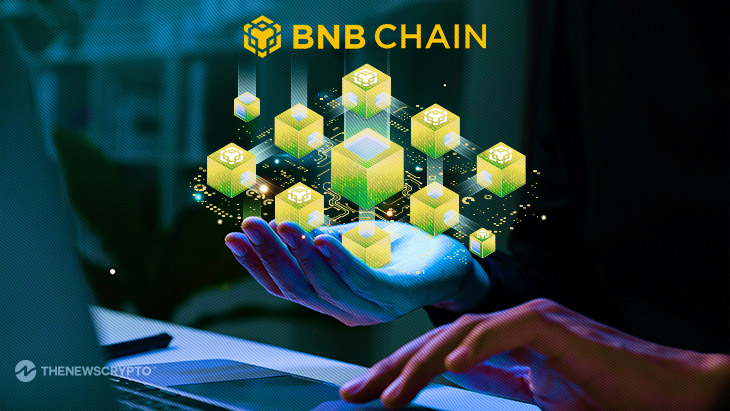- opBNB Testnet aims to revolutionize scalability on the BNB Chain.
- BNB Chain’s opBNB Testnet targets 4,000 tps, surpassing Ethereum’s capabilities.
BNB Chain, the blockchain founded by the renowned exchange Binance, has taken a significant stride. It tackles the scalability challenge that has long plagued blockchain technology. In a recent launch, opBNB, a new layer-2 chain built on Optimism’s OP Stack, aims to transform scalability and affordability on the Binance Smart Chain (BSC).
The blockchain industry has grappled with network congestion and exorbitant transaction fees during peak periods. To combat these challenges, it leverages Optimistic Rollups, an innovative solution that executes transactions off-chain and consolidates them before posting the data to the main chain
As a result, opBNB targets impressive speeds of up to 4,000 transactions per second (tps). It surpasses the capabilities of both BNB Chain and Ethereum’s modest 30 tps.
opBNB: BNB Chain’s Scalability Breakthrough
A standout feature of opBNB is its optimization of data accessibility, caching layers, and the submission process algorithm. By enabling simultaneous operations, or batching, it boosts the gas limit to a remarkable 100 million per block. This enhancement empowers opBNB to handle high transaction volumes while ensuring an average transaction cost below 0.005 U.S. cents.
opBNB offers developers a robust and EVM-compatible platform, fostering the creation of open ecosystems. It presents an opportunity for developers to seamlessly migrate their applications to BSC, expanding their user base. Furthermore, the improved scalability and reduced transaction costs offered by opBNB are expected to provide much-needed relief for projects that have struggled with high transaction volumes on BSC.
The new updates from Binance regarding the BNB chain and ongoing exchange developments reflect its commitment to progress, despite the regulatory turmoil it has faced over past month.
And with the introduction of opBNB, BNB Chain confidently positions itself as a strong contender in addressing the scalability challenge within the blockchain industry.








